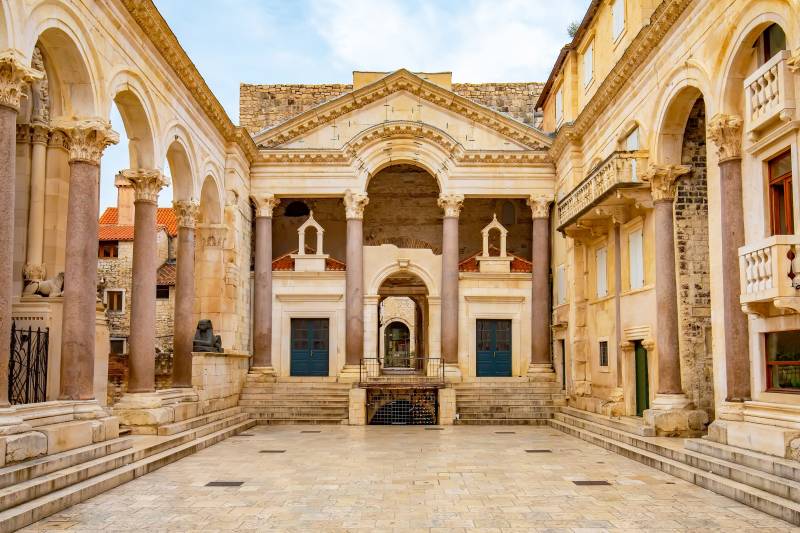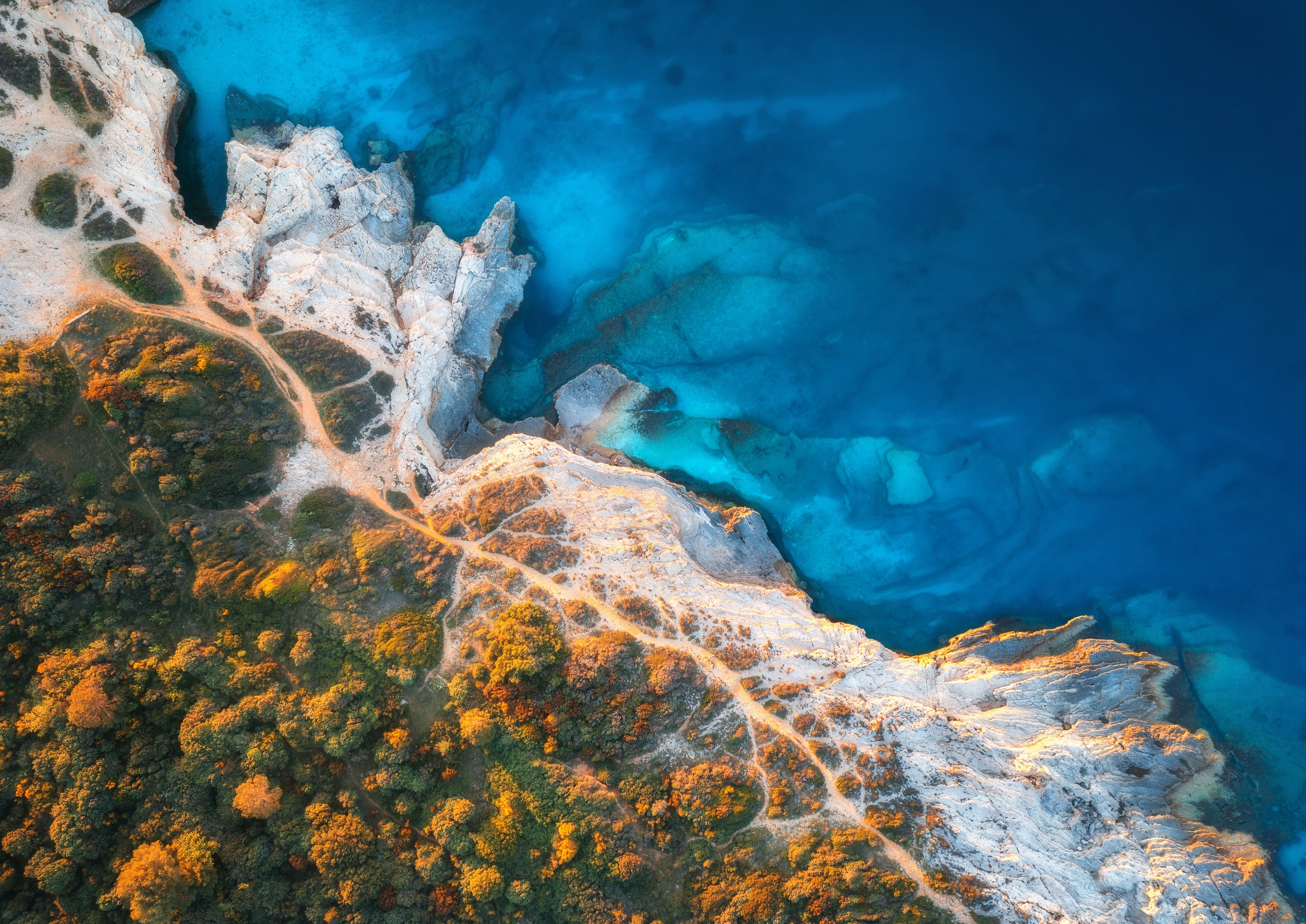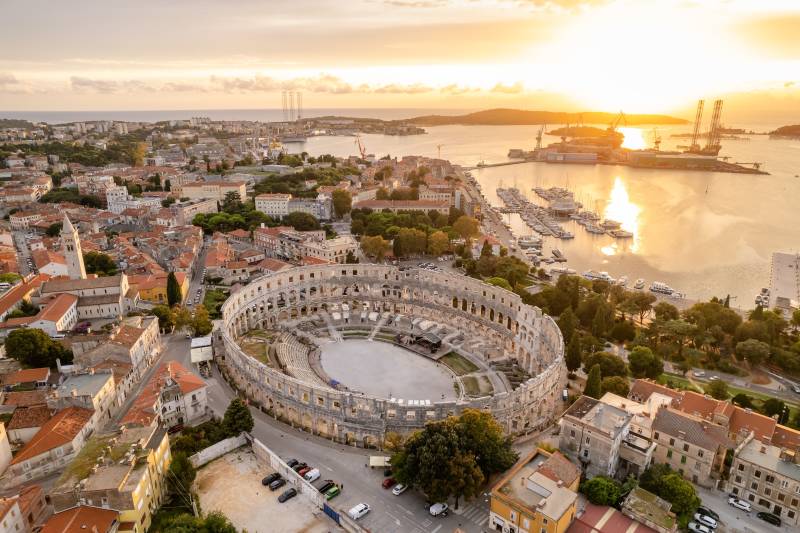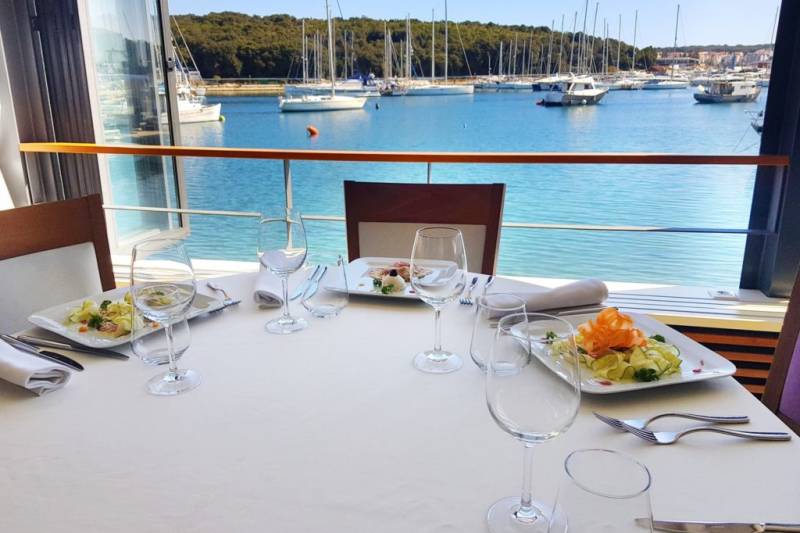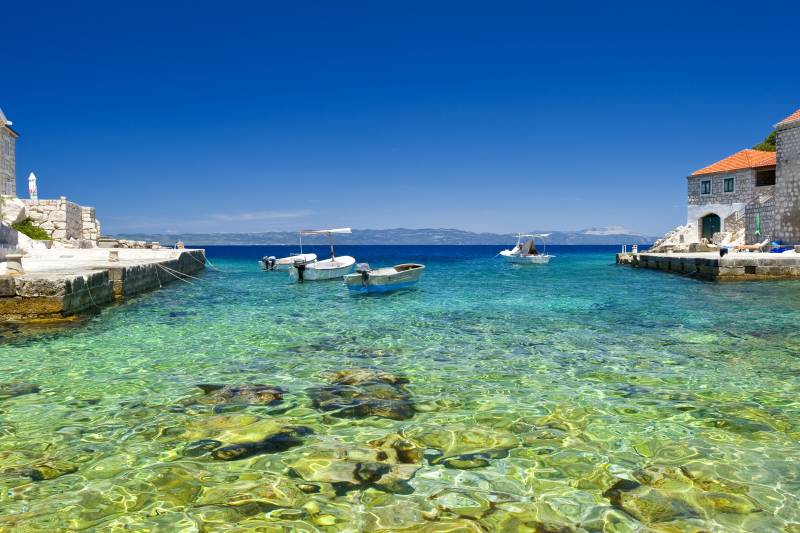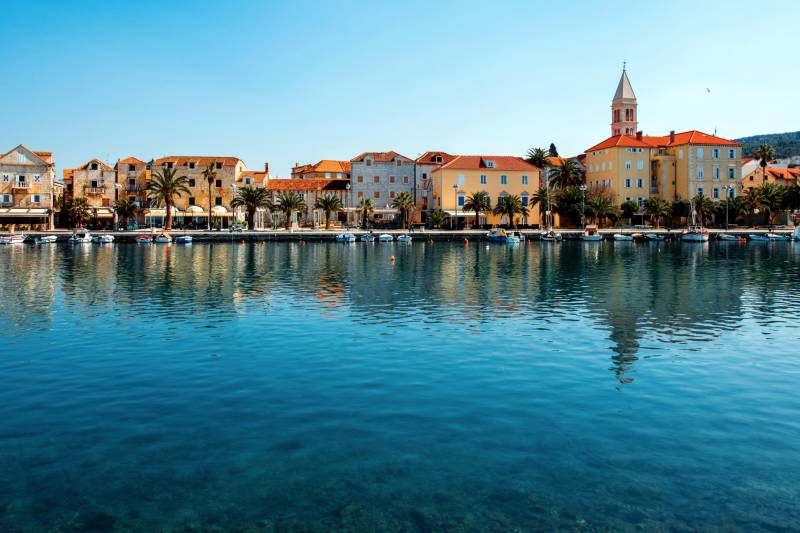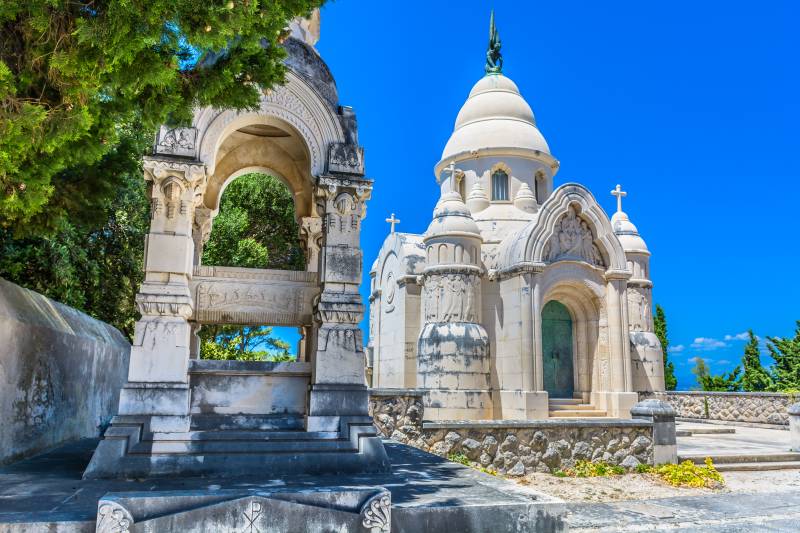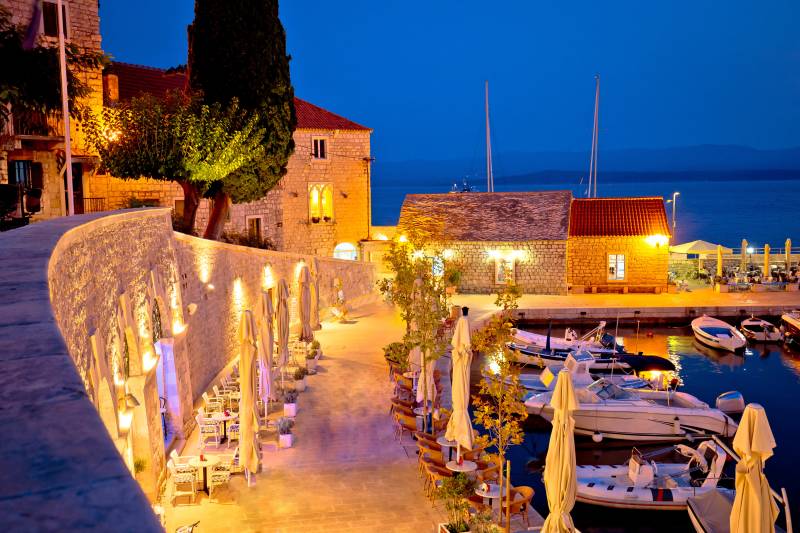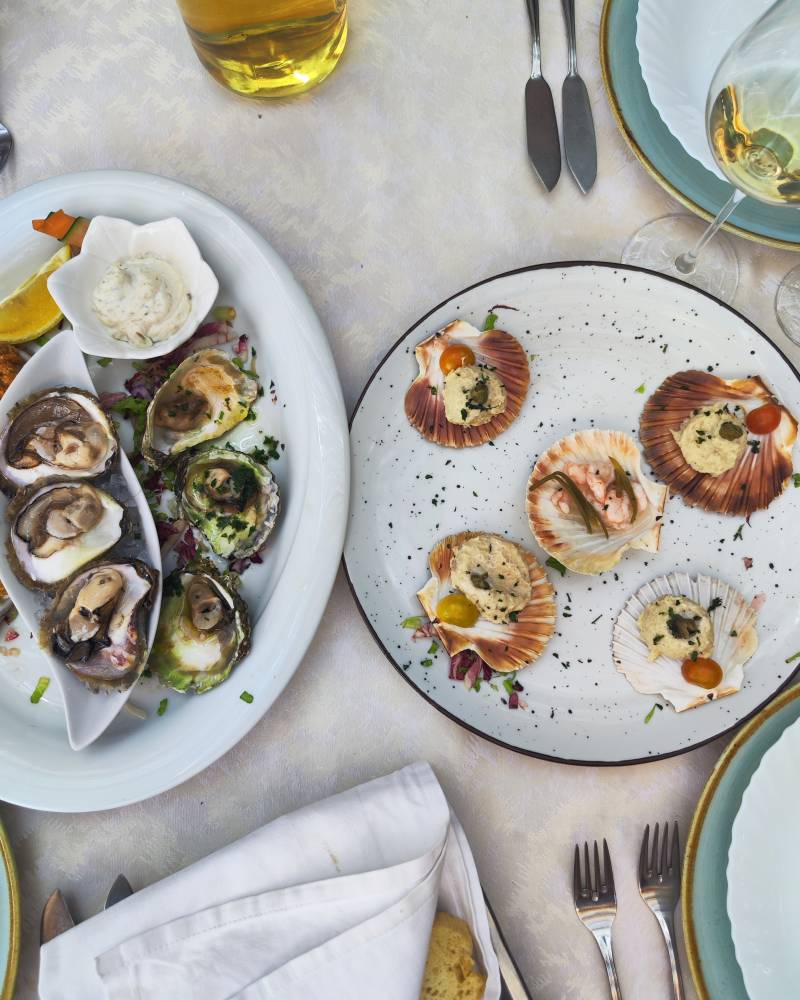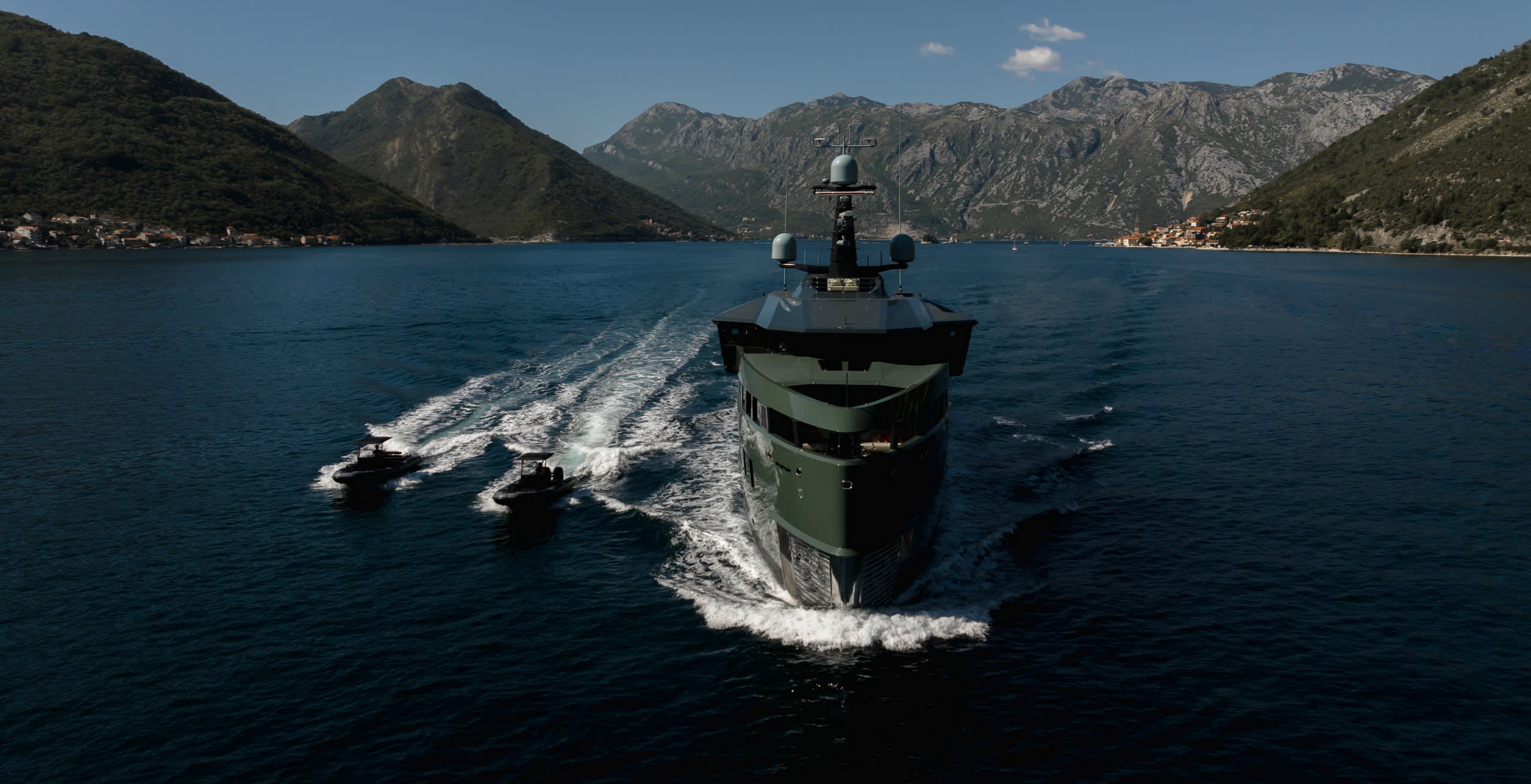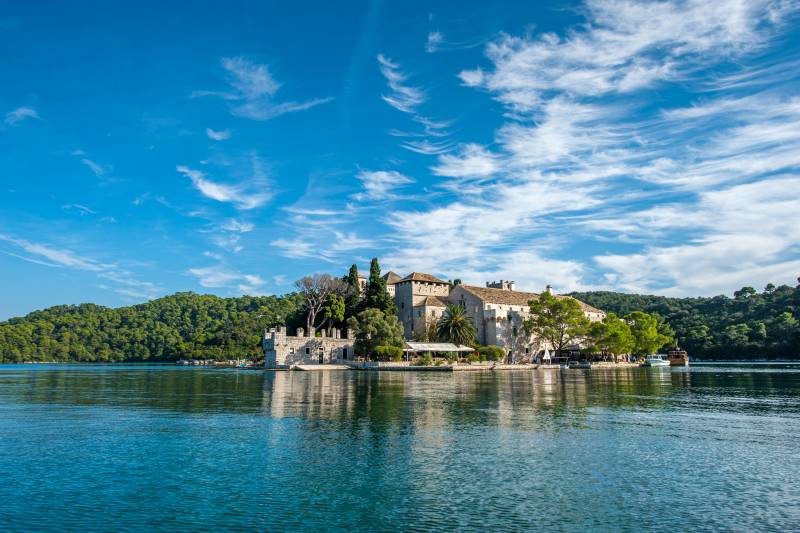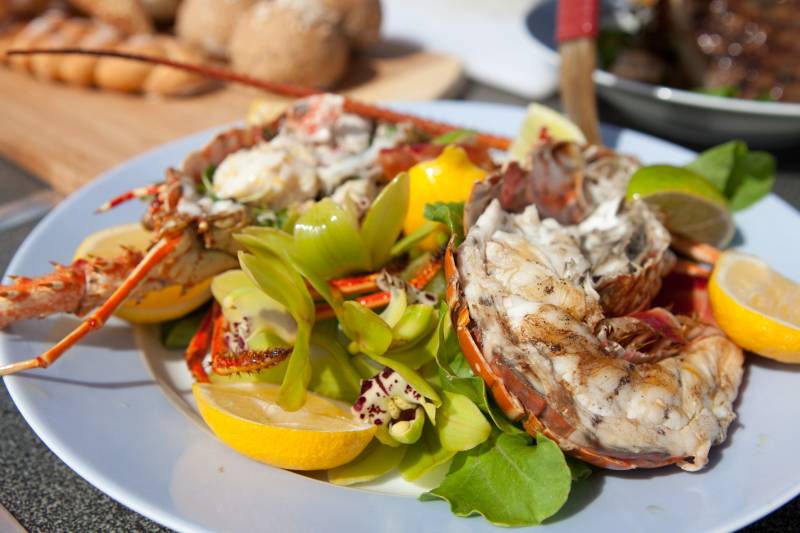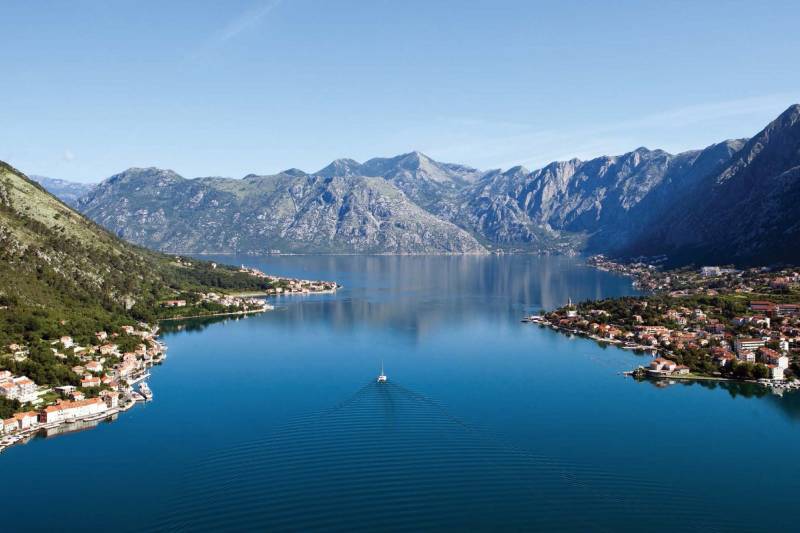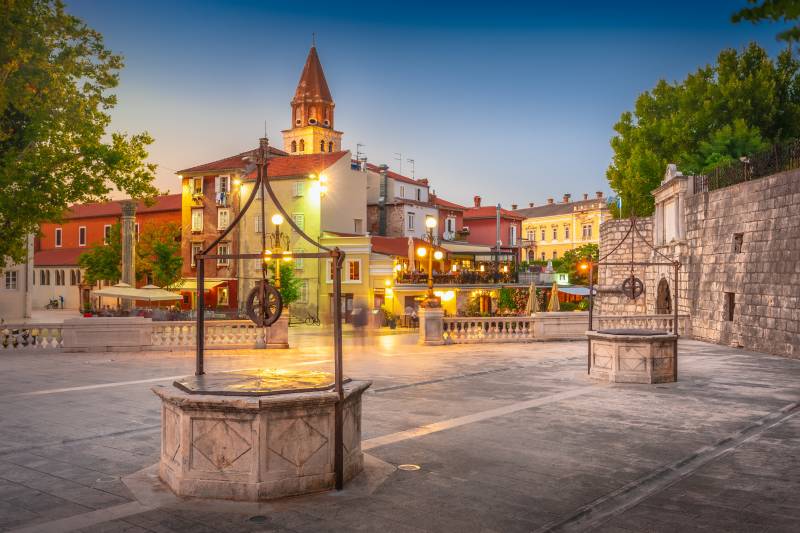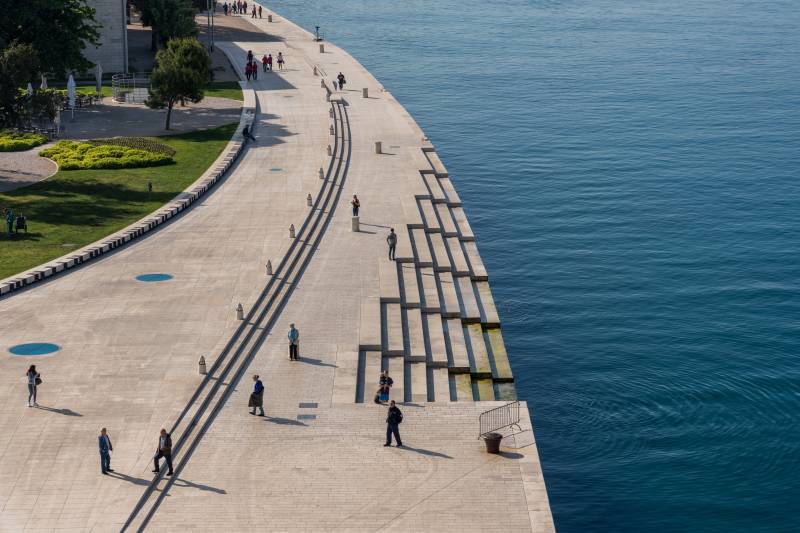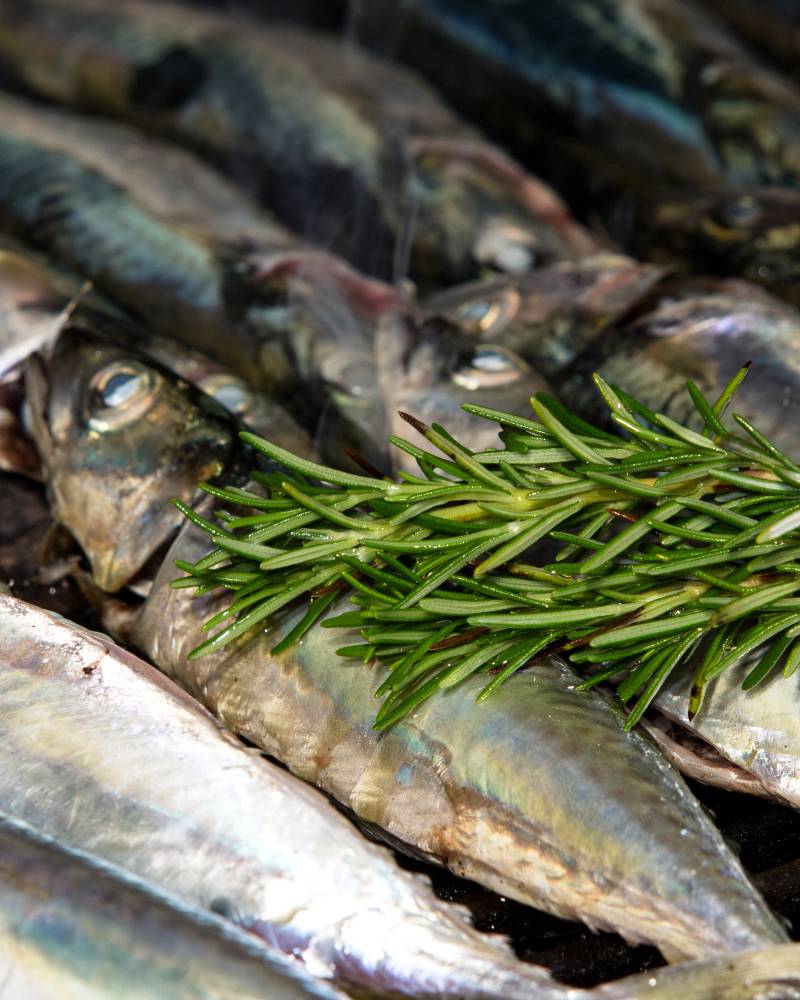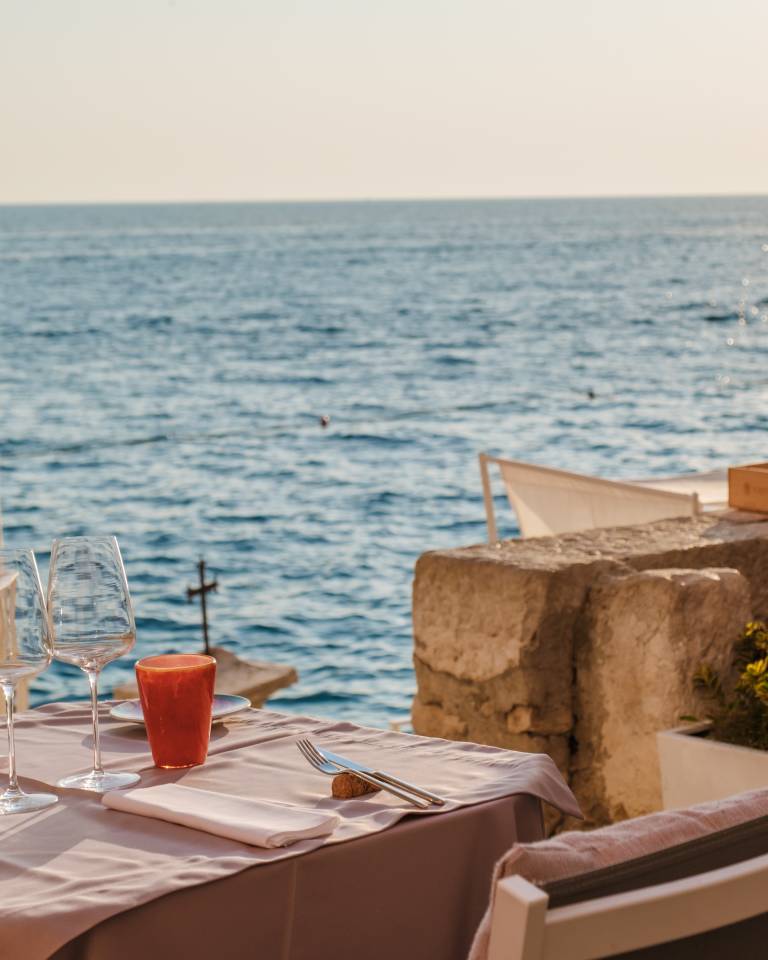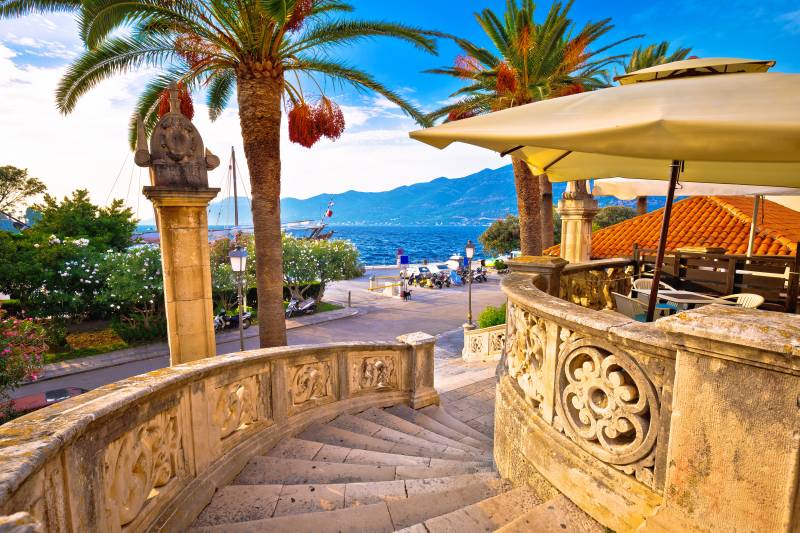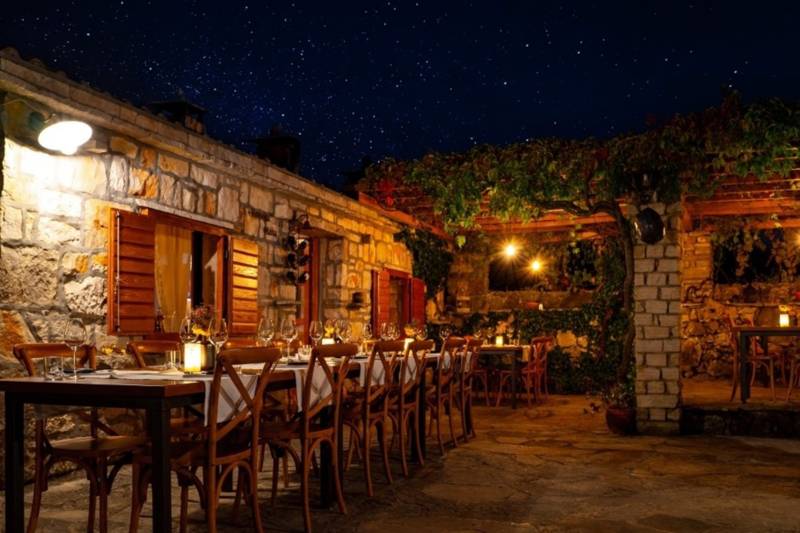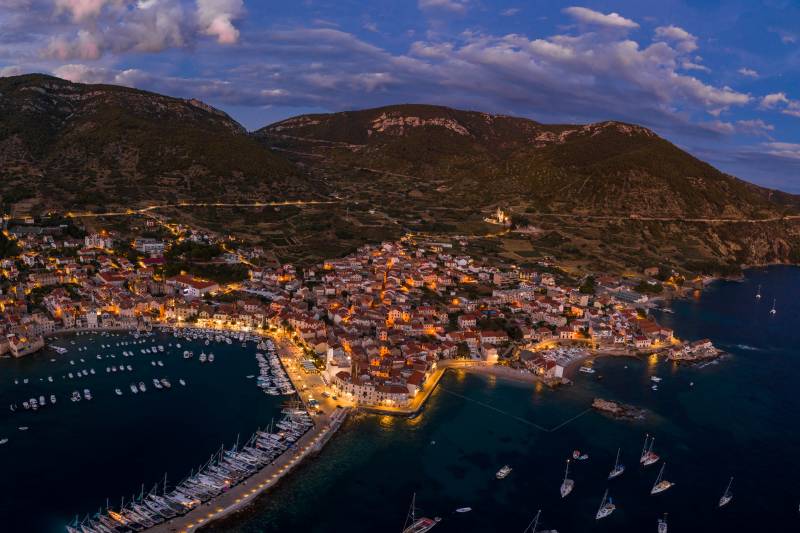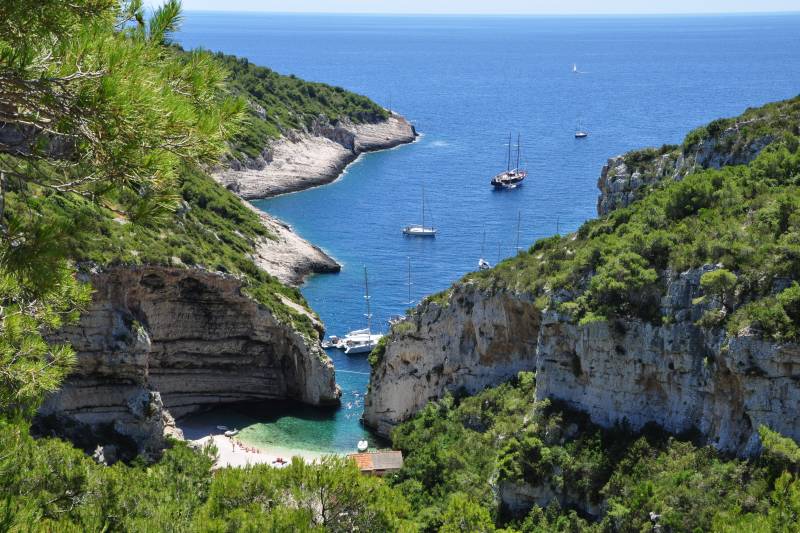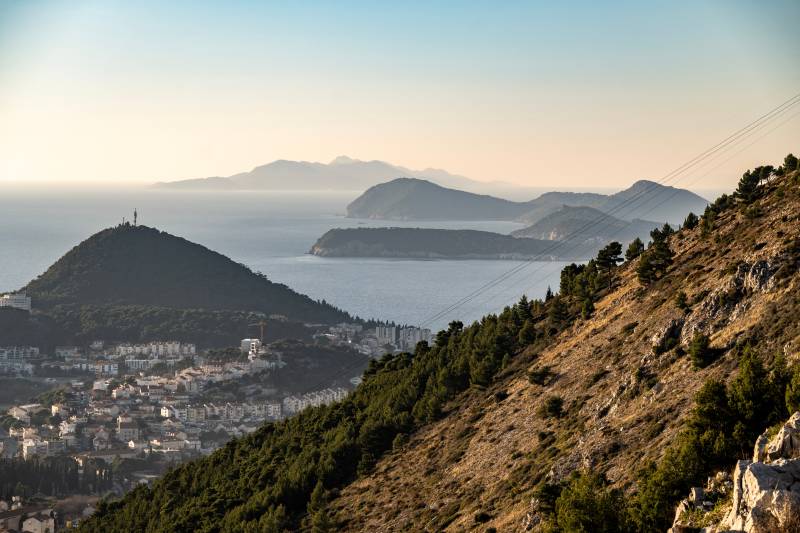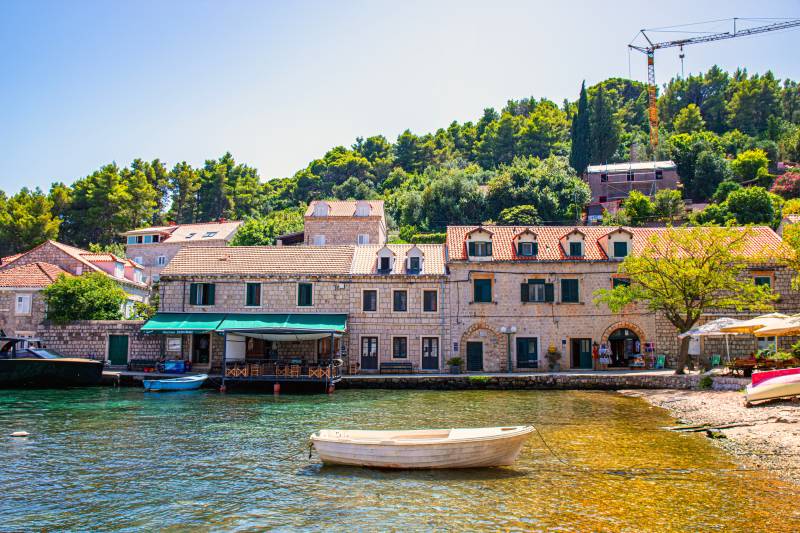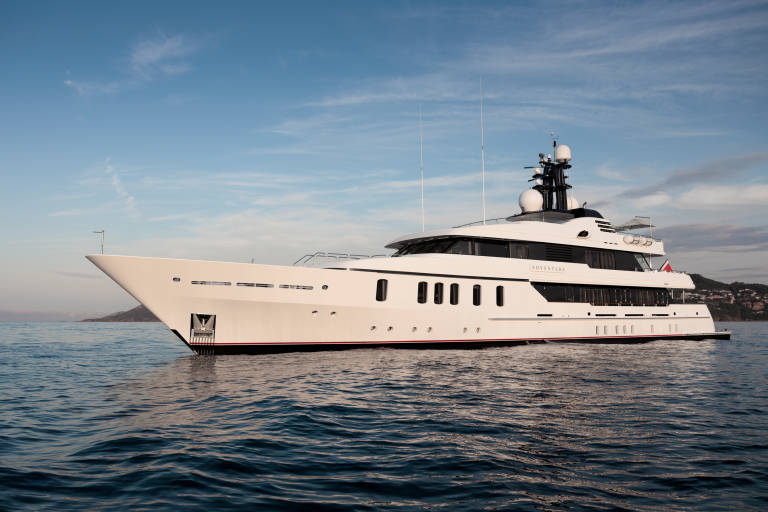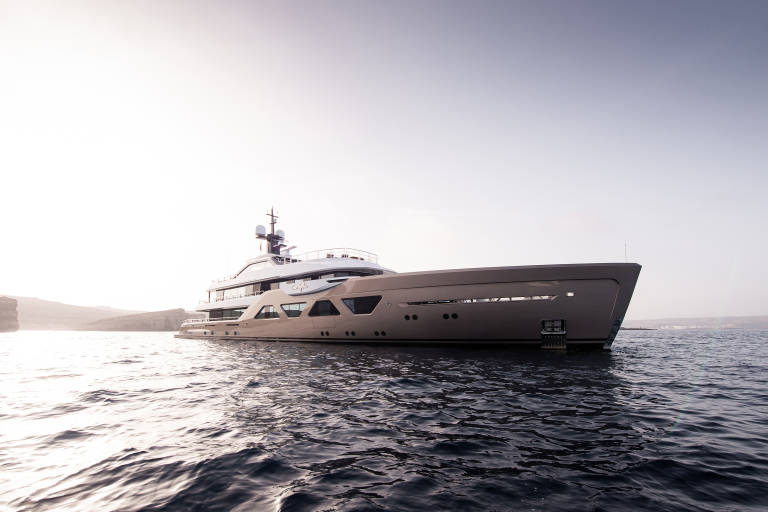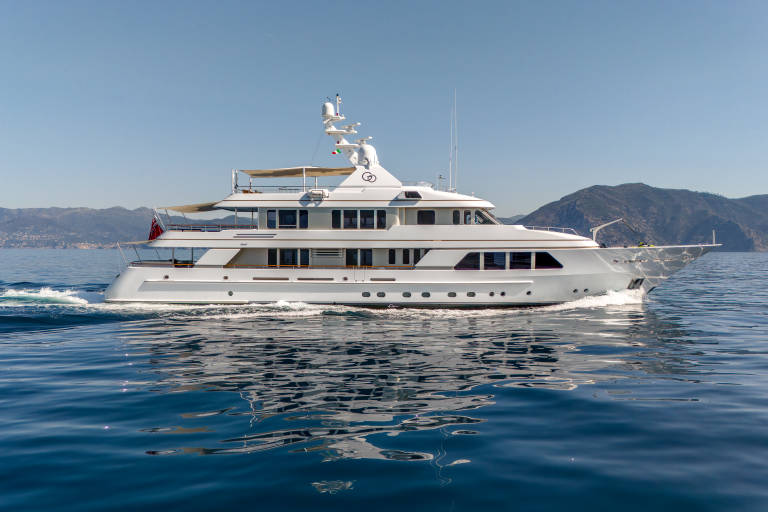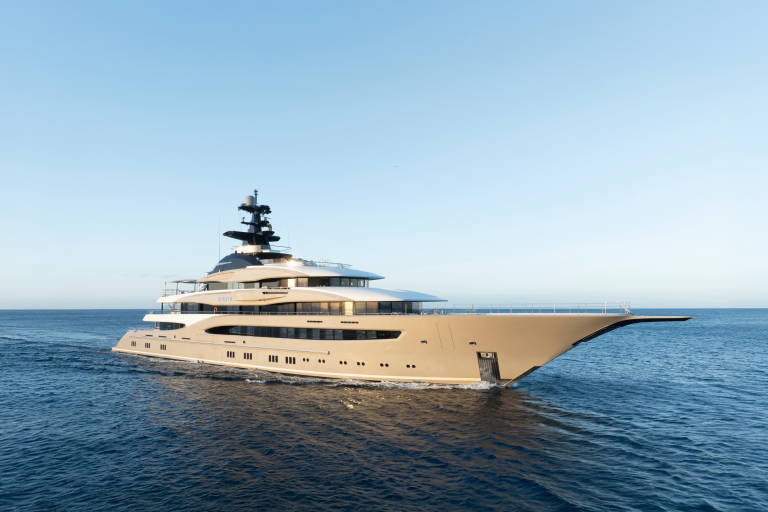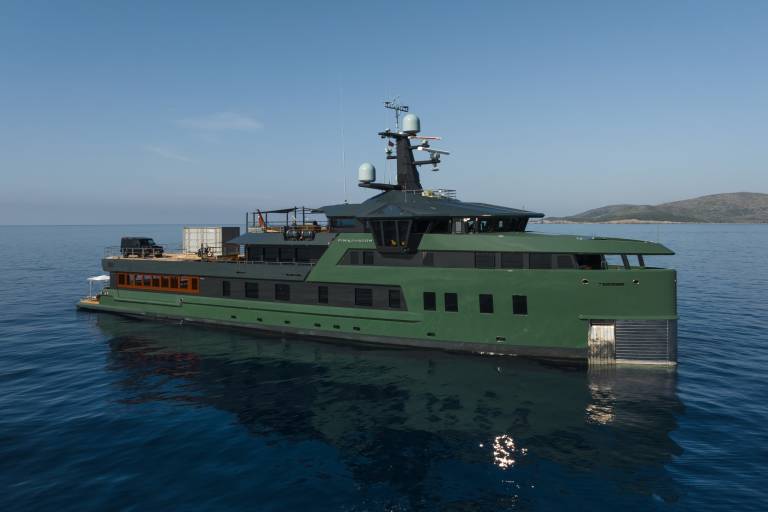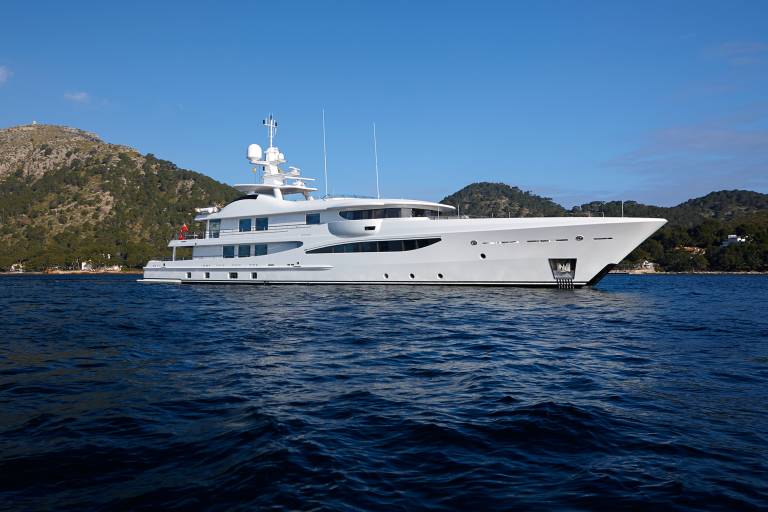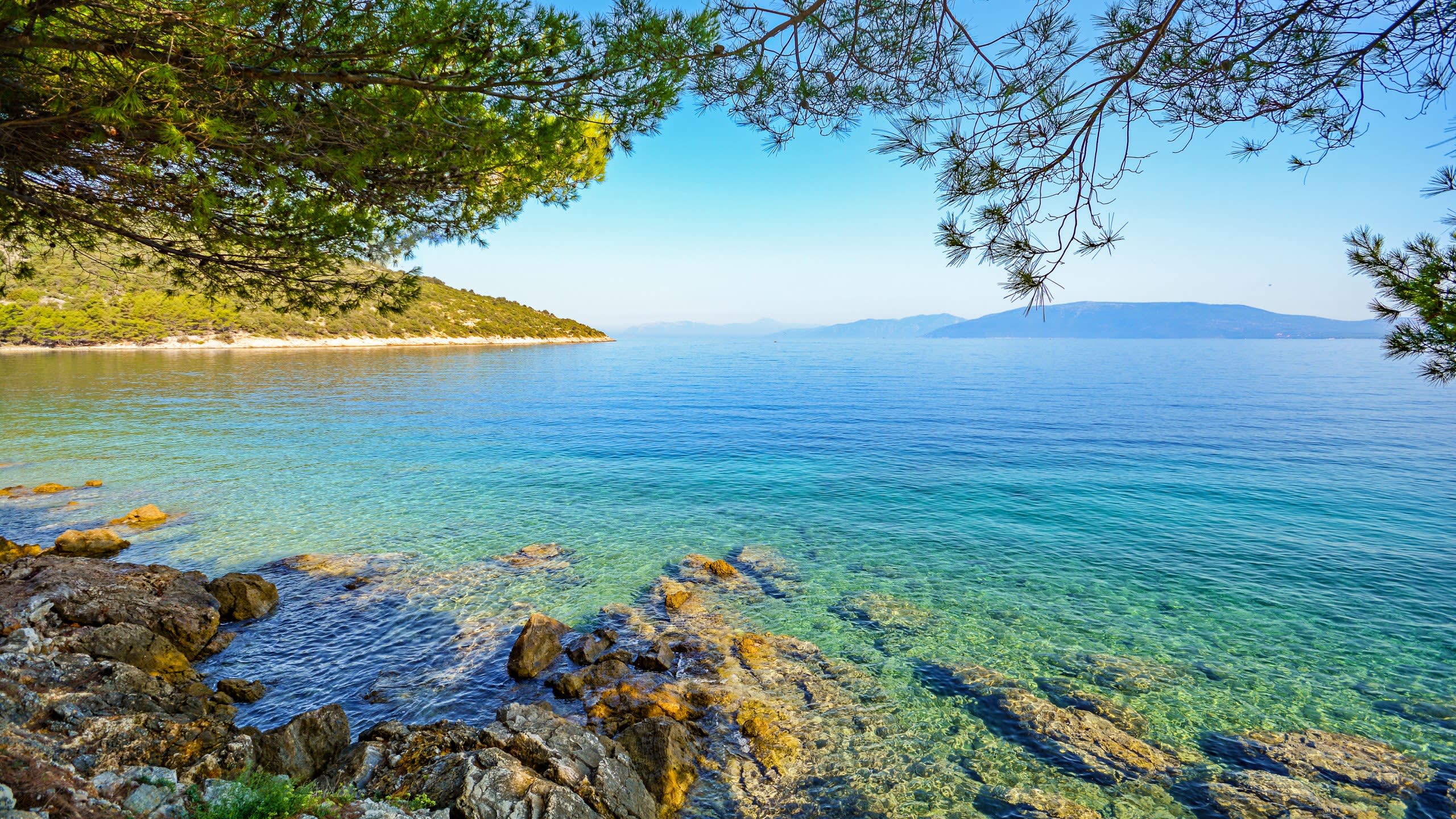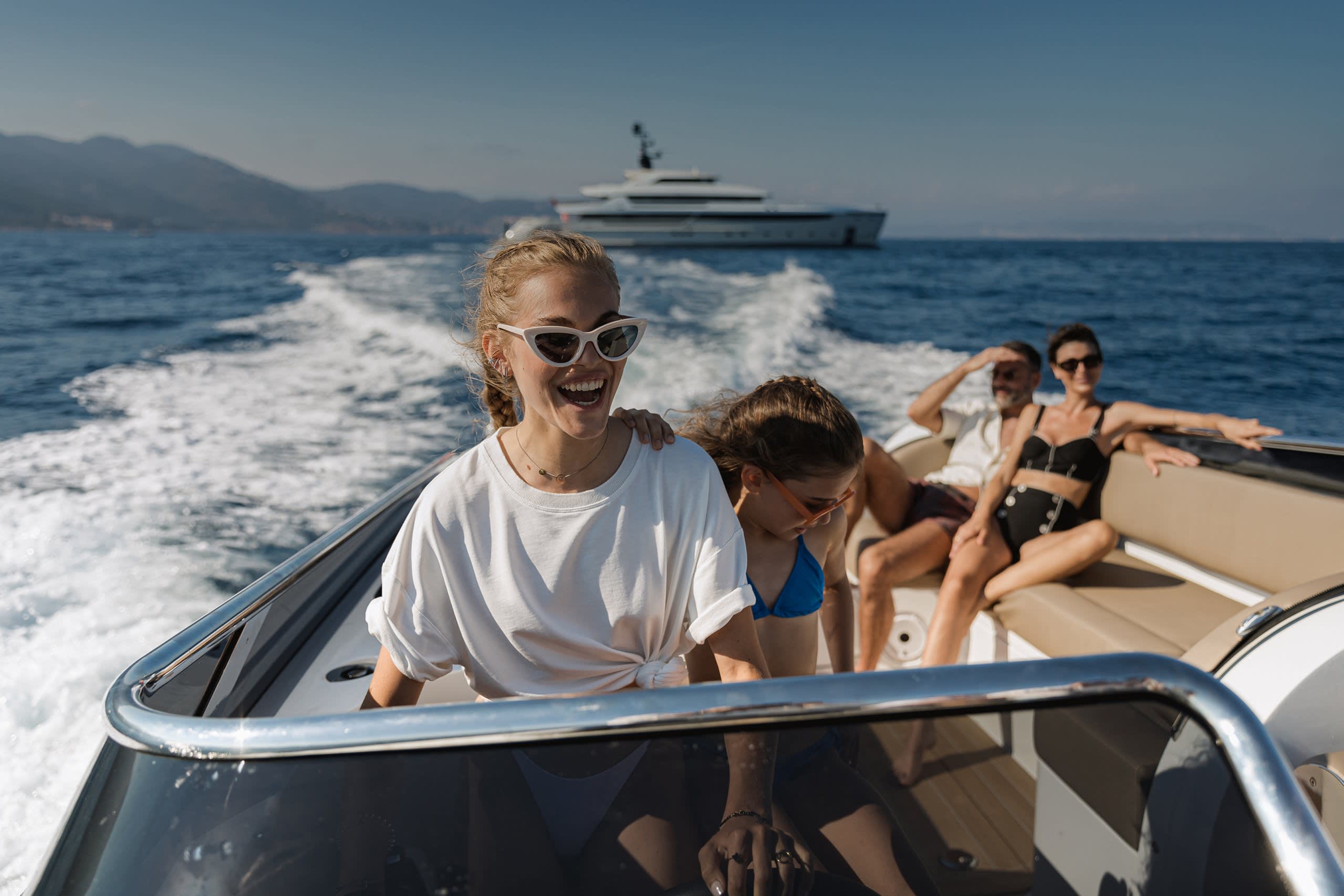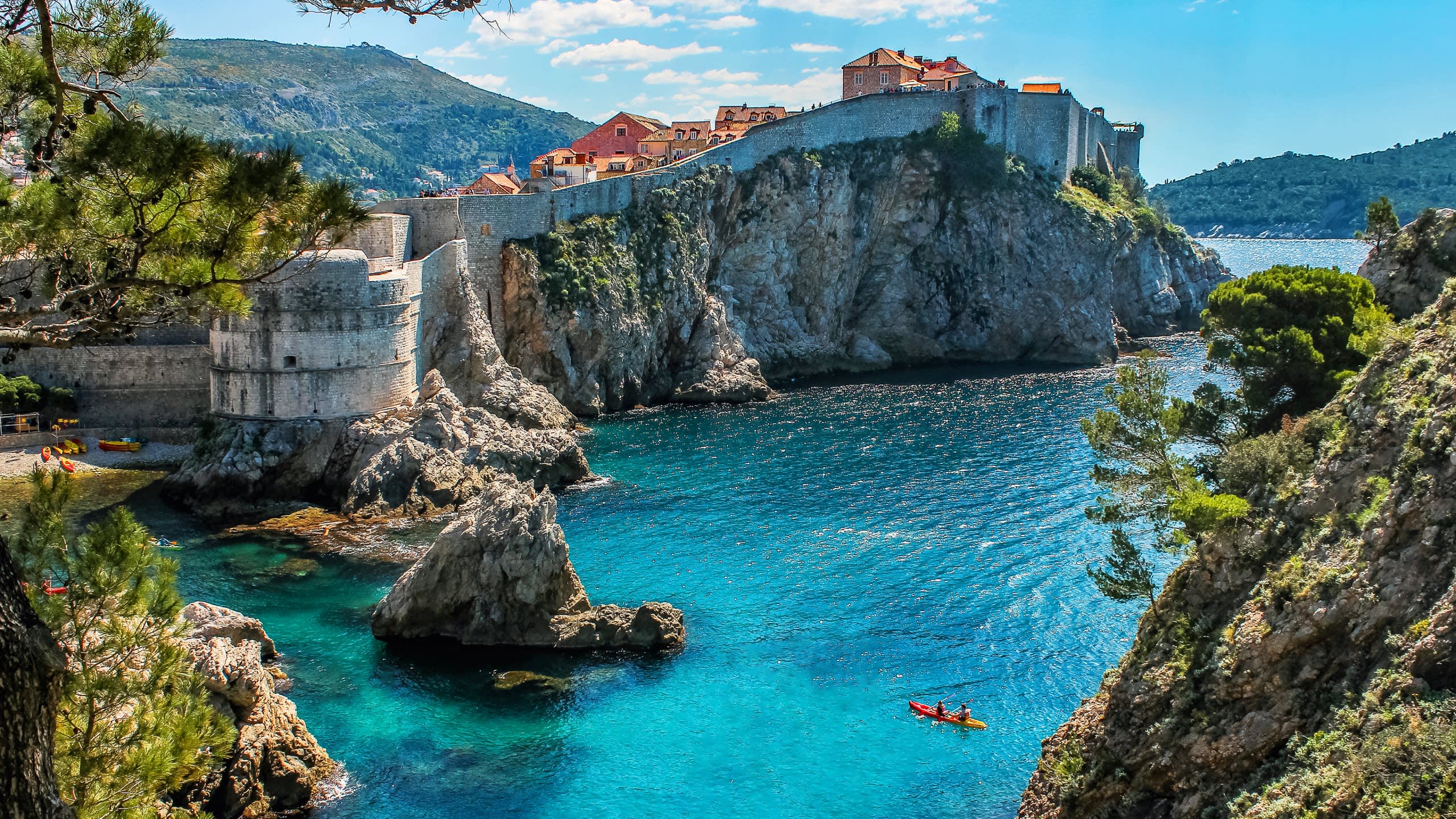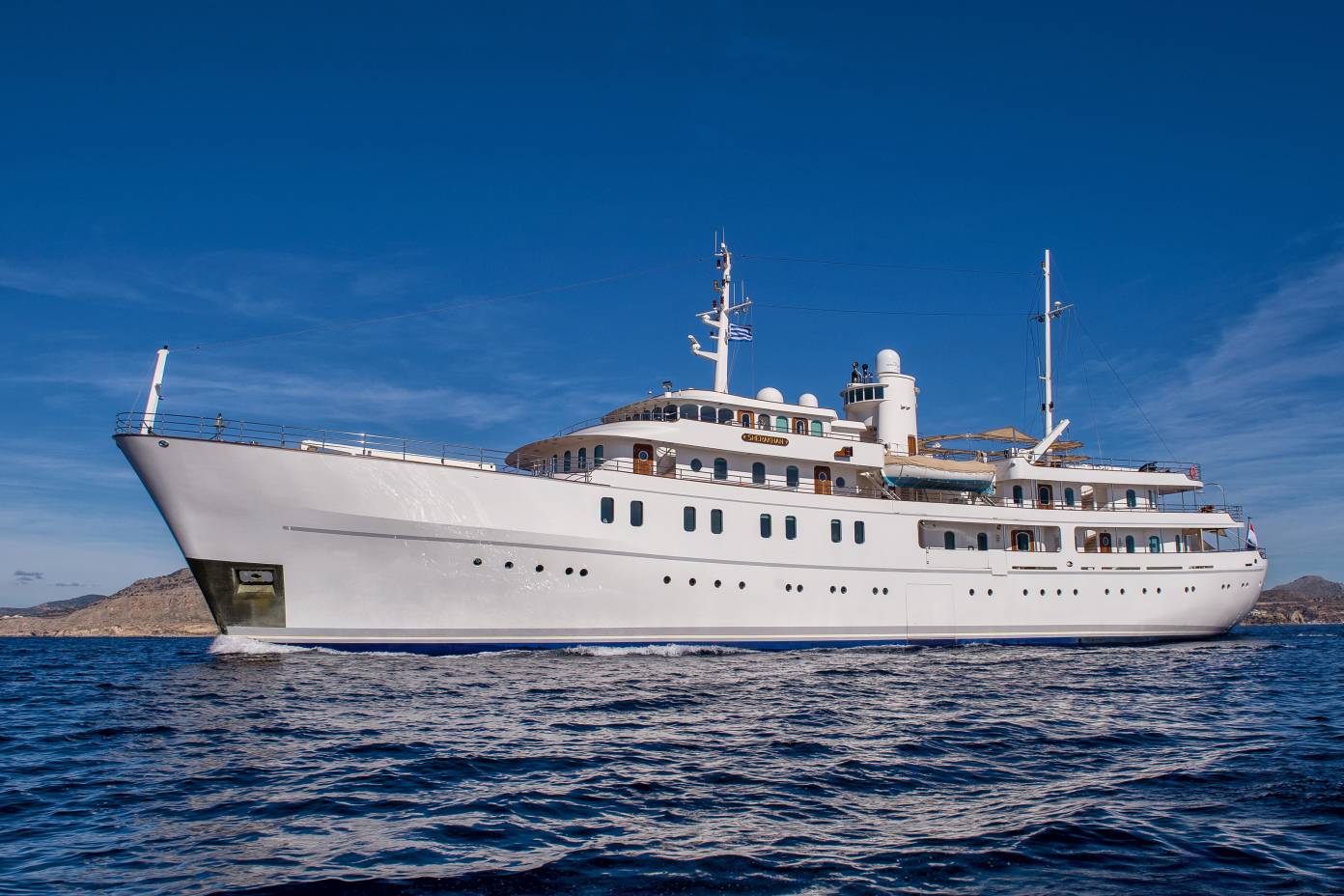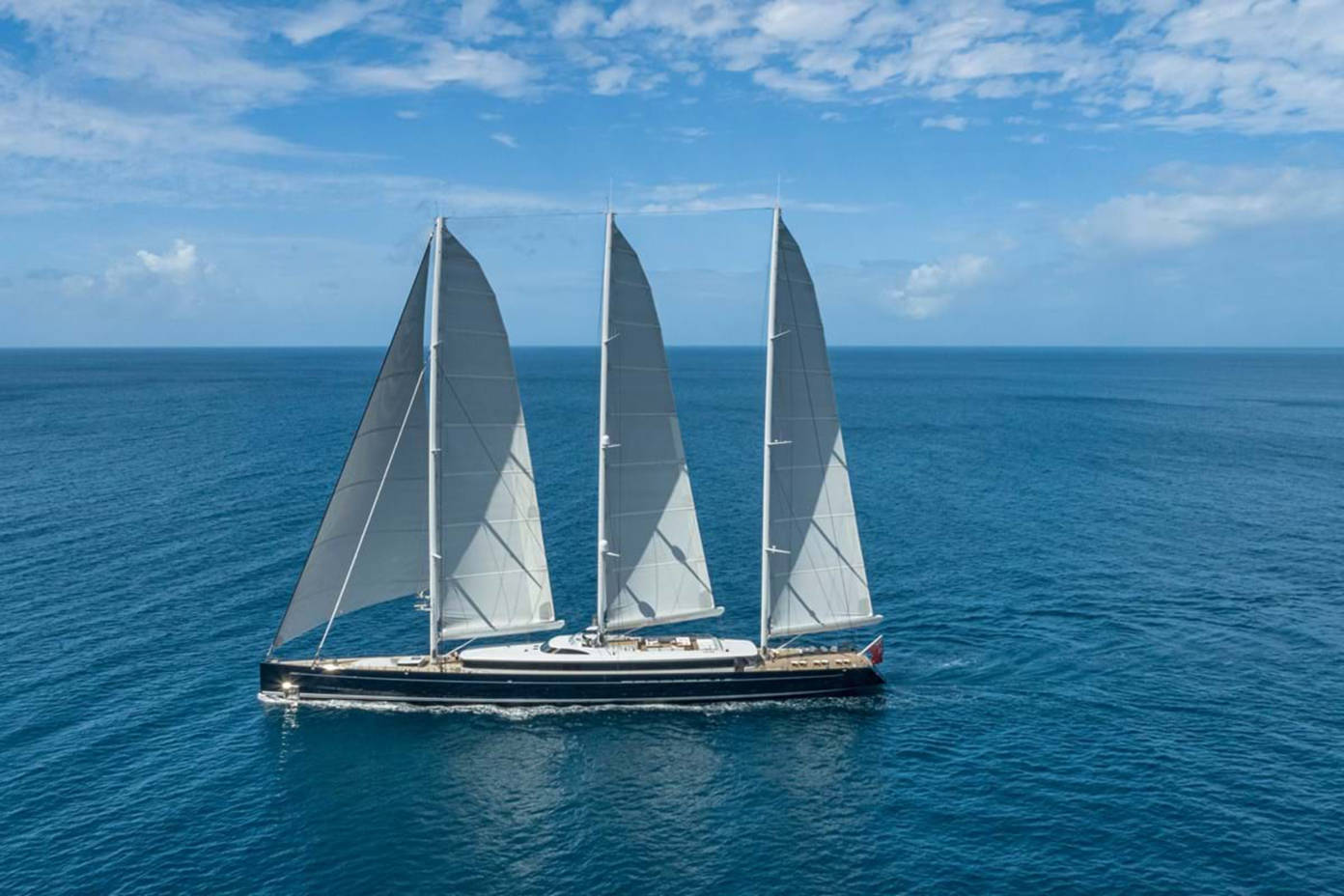Length
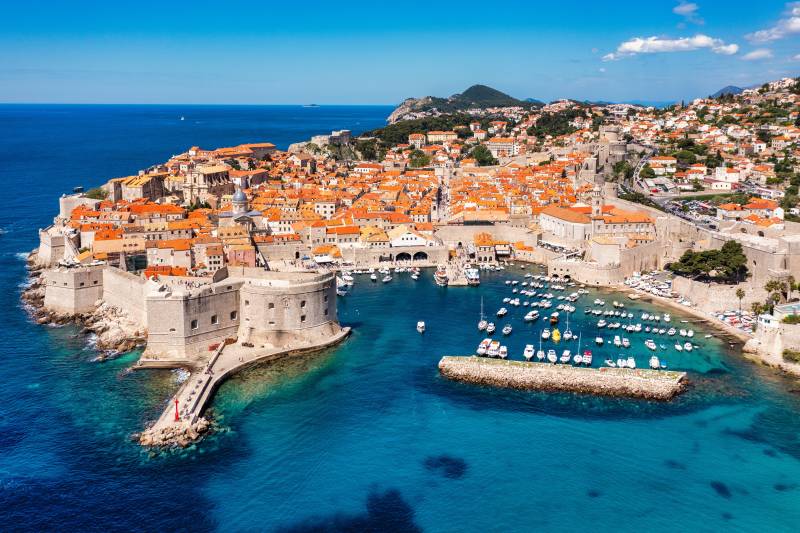
Dubrovnik
Dubrovnik, a medieval town known as the ‘Pearl of the Adriatic’ with a diverse, ancient history that artfully melds Gothic, Renaissance and Baroque architecture. Walking the ancient walls is like stepping back in time. On one side you are met with stunning vistas across the Adriatic Sea. On the other, look inwards towards Dubrovnik old town and you will witness a place of peaceful antiquity decorated with church bells and monastic domes. To better get a taste of the scenery, Y.CO can organise a helicopter tour from Dubrovnik to Tivat in Montenegro, the perfect introduction to the picturesque Adriatic landscape.
local Flavour
Dubrovnik is a city where ancient history meets the modern Mediterranean lifestyle. Admire the old town, an impressive and intricate display of gothic architecture. Sip on the local Dingač wine in a tucked away stone alley. Or simply absorb the breathtaking views of the deep blue Adriatic, seemingly infinite and only interrupted by the occasional yacht. For an experience of the finest local flavour, head down to Nautika, a prestigious Mediterranean restaurant with open views across the Adriatic Sea. Here, they are known for fresh seafood delicacies and buttery veal that melts in the mouth.
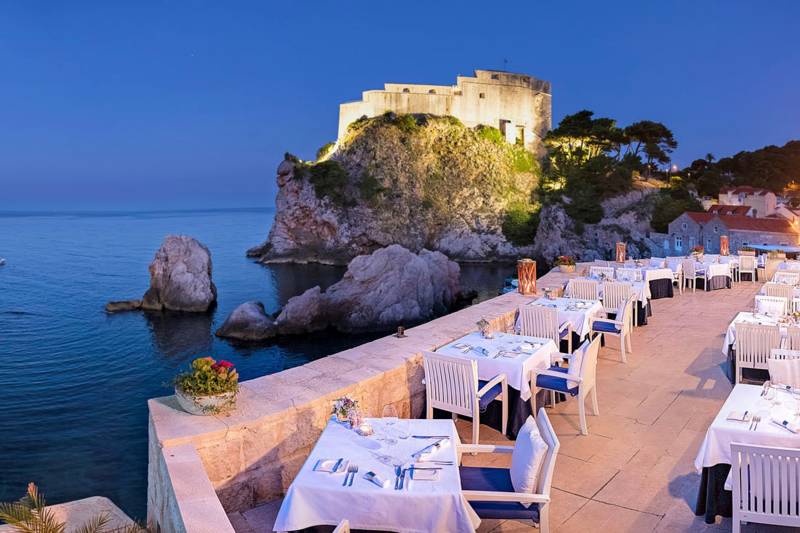
"Take an excursion to Kotor, Montenegro for gorgeous mountain hikes", Solenn de Braux, Y.CO.
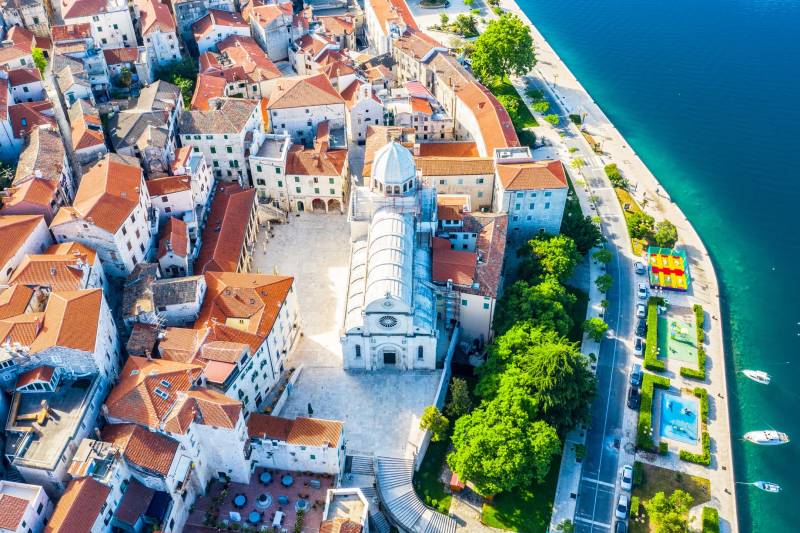
Sibenik
Sibenik is a coastal gem with a rich, medieval soul. Considered the oldest native Croatian town, it is the only city on the Adriatic founded by Croats rather than Romans or Venetians. Over 1000 years of authentic Croatian heritage exists here. For a hit of awe-inspiring historical architecture, start at the top of St. Michael’s Fortress, gaze on the view of the shimmering bay and follow the cobbled streets down to the waterfront where you will see St. James Cathedral – a stunning example of Croat architecture, considered the crown jewel of the town and crafted from stone by local artisans.
Local Activity
Head from Sibenik to the charming town of Skradin. Here you will find the impressive Skradinski Buk, the most famous waterfall in Krka National Park. Take a restful pause here, in the wilderness that is home to eighteen species of fish and over 200 species of birds, many of which are endemic to the area. Krka National Park is a significant ecosystem for the flora and fauna that flourishes peacefully here.
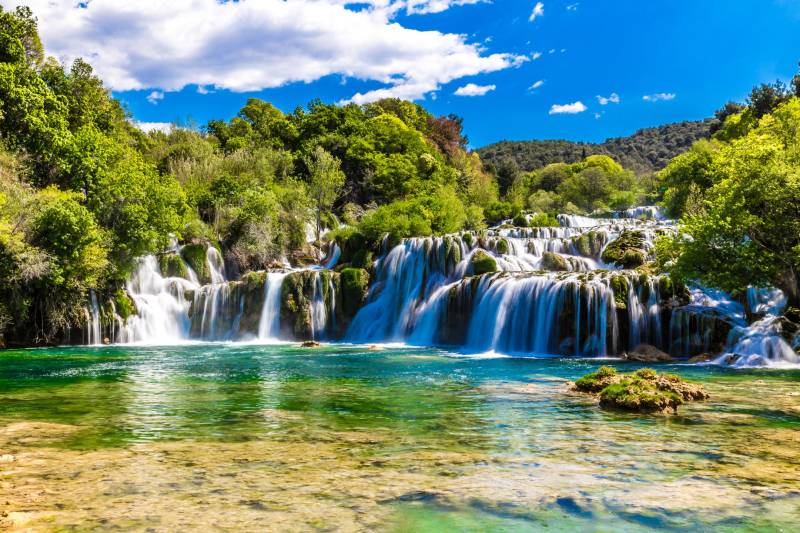
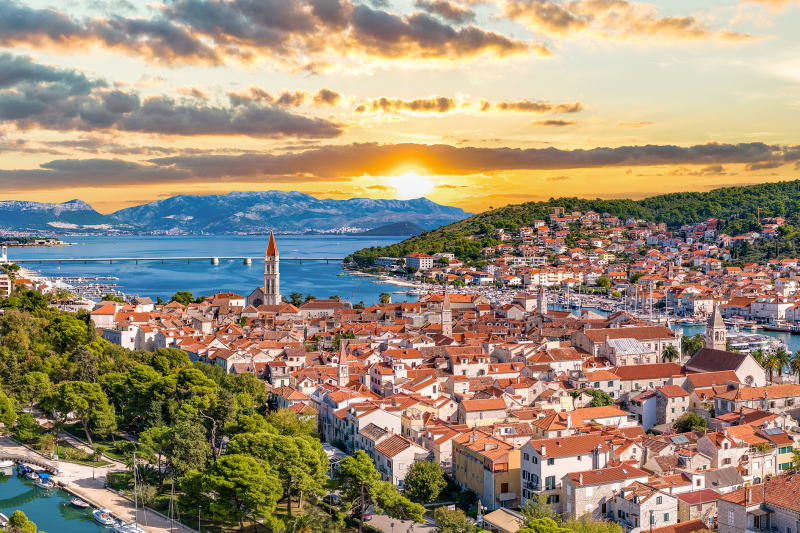
Split
An ancient town best known for the architectural remains of emperor Diocletian’s palatial retreat from the 4th century, and over time becoming a place loved for bustling markets, secluded courtyards and waterfront cafes. Whether meandering through the town or admiring the Adriatic from the Riva promenade, every step feels like a journey back in time.
Local History
Anchor off the coast of Split and step ashore to explore the Diocletian’s Palace and the ancient stone passageways that are now home to chic cafes and artisan shops. As for activities, you have plenty to choose from, including the Krka waterfalls and blue lagoons, cave tours and cliff jumping, or for a touch of the ancient, you can wander through the palace cellars. From the bell tower of St. Domnius Cathedral, look down towards the Roman columns and Medieval palaces, blended seamlessly with vibrant cafes and markets. Bask in the sea breeze and find peace with the swaying palm trees while admiring the Diocletian’s Palace, offering a view that feels timeless yet alive.
